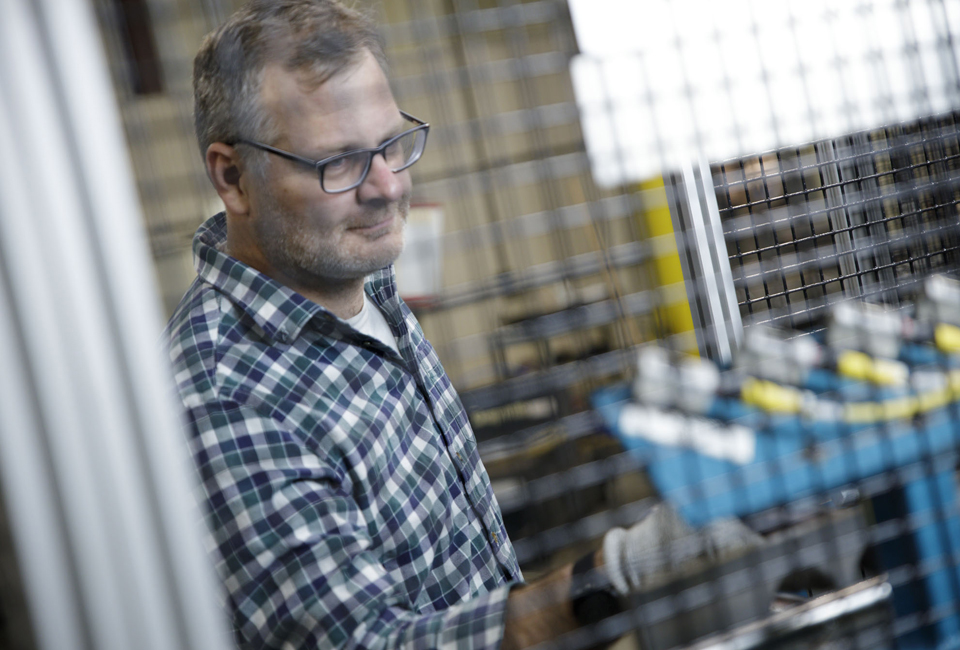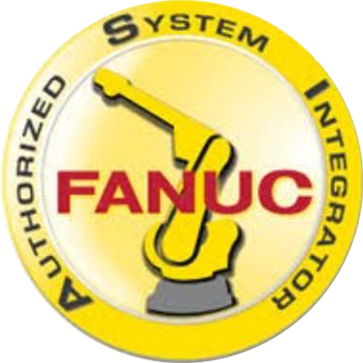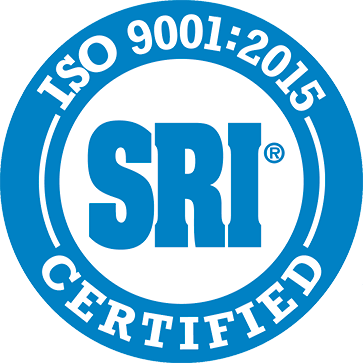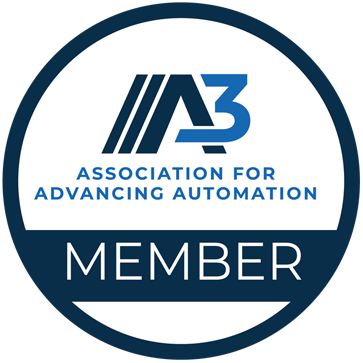Industry Definitions
The following is a list of definitions used in automation systems, robot integration and assembly automation industry.
At Ehrhardt Automation Systems we are committed to helping customers with their automated assembly and material handling challenges. We hope these definitions help.
- Articulation
- The number and location of joints on a robot arm that allow it to move. See also DOF.
- Automation Line
- A production line that uses machinery to perform manufacturing activities.
- Automation System
- A process designed so that equipment can function with minimal need for human operators.
- Automation System Integrator
- A company that is in the business of taking different systems such as robots, conveyors, vision systems and PLCs and connecting them together as one turnkey automation system.
- Autonomous Devices
- A robot that operates with minimal human control.
- Base
- The mounting platform for a robot that gives it stability.
- Bowl Feeder
- A device that uses vibration to present components with the proper orientation for feeding into another piece of equipment in the production line.
- Cartesian Robot
- A robot that moves linearly along the x, y, and z axes.
- Collaborative Robot
- A robot designed to be used near humans, typically including safety features such as controlled speed and force limits.
- Continuous Path
- A control system used to program a robot to follow a specific path instead of simply a start and end position.
- Conveyor
- Mechanical apparatus used to move parts along a production line.
- Dial Table
- A precision circular mechanism with assembly stations affixed around the circle.
- Dress Pack
- The protection mechanism of exterior cables, communication cables and air lines that surround an industrial robot.
- DOF (Degrees of Freedom)
- Describes the ability for a robot arm or body to move and maneuver. Higher degrees of freedom give more flexibility to change position and rotate on multiple axes, and require more complex programming.
- End Effector
- A device or tooling at the end of a robot arm that allows the robot to perform a task, e.g. gripping, drilling, deburring, cutting, etc.
- End-of-Arm-Tooling (EOAT)
- The mechanical mechanism at the robot wrist that touches the component or part that the robot is handling. Also called an end effector or robot tooling.
- Escapement
- A mechanism used for separating parts to ease picking operations.
- Force Limiting
- Safety features such as controlled speed and impact detection that stop movement to allow collaborative robots to be used near humans in a safe design.
- Force Torque
- Rotational or turning force. Force torque sensors are often used on robots to control end effectors.
- EOAT (End of Arm Tooling)
- A device or tooling at the end of a robot arm, such as a claw or vacuum gripper; or specialty tools for drilling, deburring, cutting, etc. Also called end effector.
- Grip Force
- How tight an end effector holds an object as the robot moves.
- Gripper
- An end effector that allows a robot to hold and/or manipulate an object.
- Hand Guiding
- Manually moving a robot into different positions or to various waypoints to help teach a task.
- HMI (Human Machine Interface)
- A control panel or dashboard that shows information to a user and allows the operator to control equipment.
- Lean Automation
- Automating manual processes only where automation eliminates waste and maximizes value, based on the principles of lean manufacturing, also machinery without conveyance, simple islands of automation.
- LOSTPED Parameters
- Load, orientation, speed, travel, precision, environment and duty cycle information used when evaluating a robotic system.
- MTBF Mean Time Before Failure
- The predicted time between a mechanical failure of a device, part or a component
- Pick and Place
- Picking up a part and placing it in a different location. A manual pick and place operation can often be automated.
- PLC (Programmable Logic Controller)
- A PLC is a scanning computer used for controlling devices on an automated machine or automation system. Brands of PLC include Siemens, Rockwell and Beckhoff.
- Power and Free
- A type of conveyor system that allows products to buffer and move in a non-linear progression by using a dual track: one powered, and one "free."
- Precision Indexer
- A machine or conveyor design that allows high-speed assembly with precise positioning, usually inline or a dial-based and often used for assembly automation.
- Payload
- The weight that a robot can carry.
- Reach
- The furthest distance a robot arm or body can move in different directions, depending on the number of joints or degrees of freedom and the positioning.
- Robot Integration
- Strategic analysis, planning and implementation of robotic systems into a production process.
- ROS (Robot Operating System)
- Open source developer tools for building robot applications.
- Robot programming
- For robot manufacturers, robot programming includes coding the operating system of a robot. For end users, "programming" can simply mean teaching the robot what to do by following prompts on an interface.
- SCARA (Selective Compliance Assembly Robot Arm or Selective Compliance Articulated Robot Arm)
- Robots designed to rotate on the z axis and move on the x and y axes.
- Systems Integrator
- A person or enterprise that designs and implements automation solutions and ensures that subsystems work together.
- Turnkey
- The machine is complete, and all the customer must do is to “turn a key” to start the machine.
- Work envelope
- The reach and range of movement for a robot.
If you are looking for factory automation at Ehrhardt Automation Systems, we can help.




